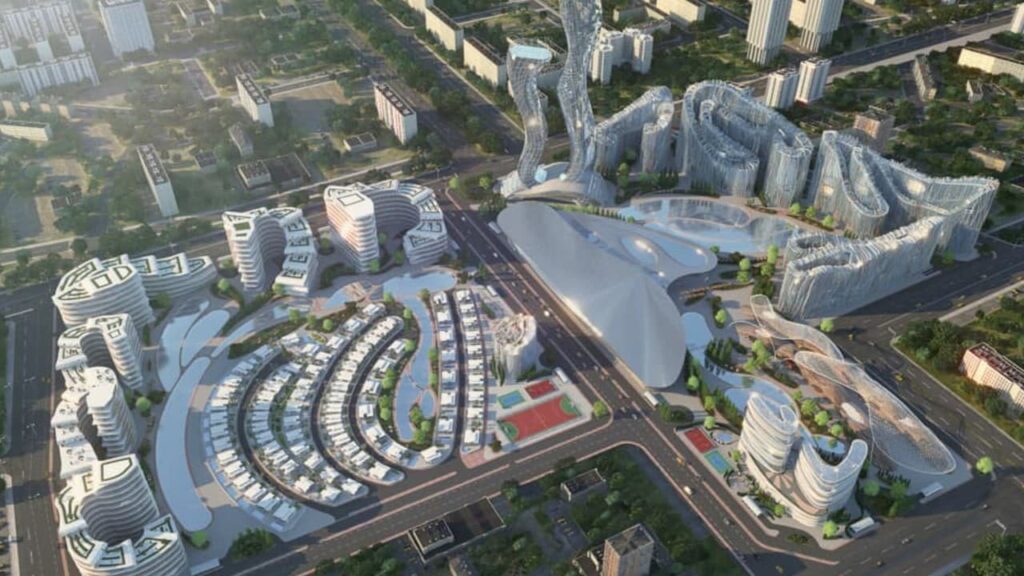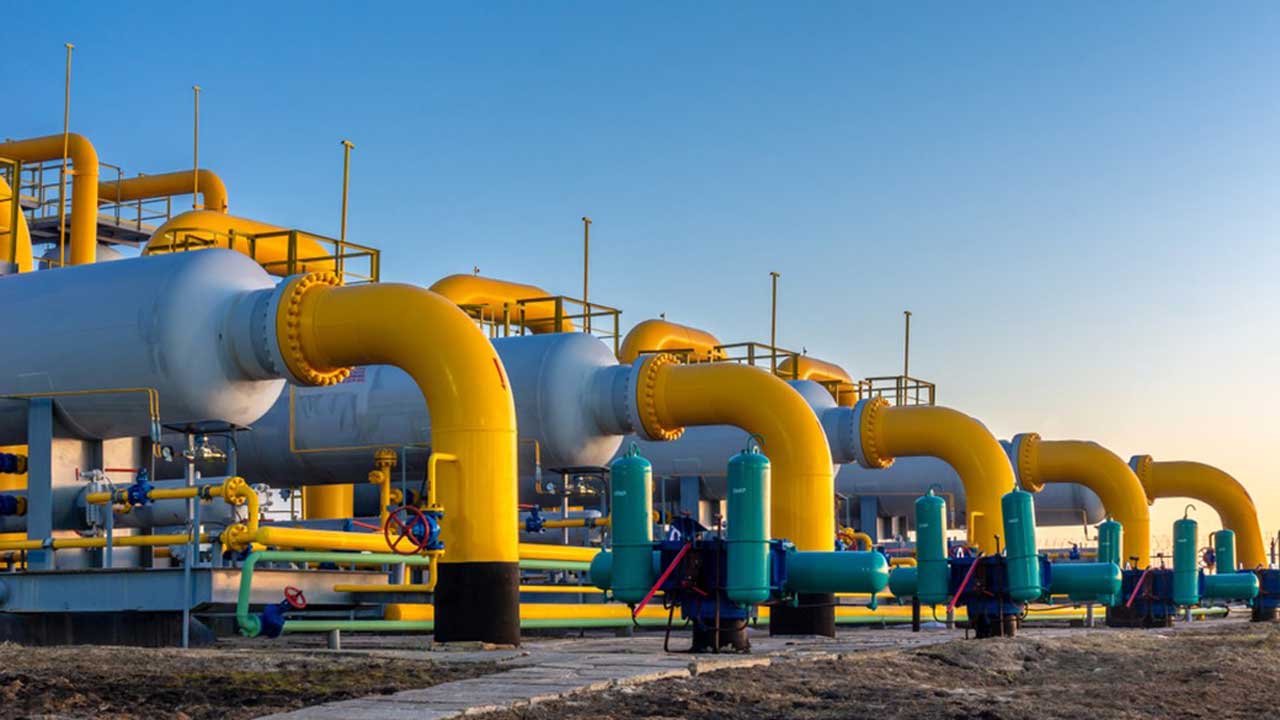At a Glance:
- Massive infrastructure is unlocking regional trade routes, reducing logistics costs, and accelerating AfCFTA implementation.
- Clean energy megaprojects are set to electrify half the continent while cutting emissions and boosting industrial capacity.
- Tech-centric smart cities and pipelines are drawing FDI, reshaping innovation ecosystems, and positioning Africa in global supply chains.
Africa is entering a new era of economic transformation, driven by a wave of mega infrastructure projects poised to unlock cross-border trade, deepen energy independence, and supercharge innovation ecosystems.
With ambitions aligned to the African Continental Free Trade Area (AfCFTA) and regional economic growth agendas, these capital-intensive ventures are attracting billions in foreign direct investment (FDI), reshaping global supply chains, and positioning Africa as a central player in the 21st-century economy.
Here are five transformative African megaprojects set to define the next decade:
Grand Inga Dam (Democratic Republic of Congo)
Estimated Cost: $80 billion
Targeting completion of its first phase by 2035, the Grand Inga Dam could become the world’s largest hydroelectric power station, with a planned output exceeding 40,000 MW.
Located on the Congo River, the dam promises to power more than half of Africa, with energy export agreements already inked with Nigeria, South Africa, and Egypt.
Backed by global institutions including the African Union and World Bank, Grand Inga is expected to slash electricity costs, reduce emissions, and ignite continent-wide industrialization.
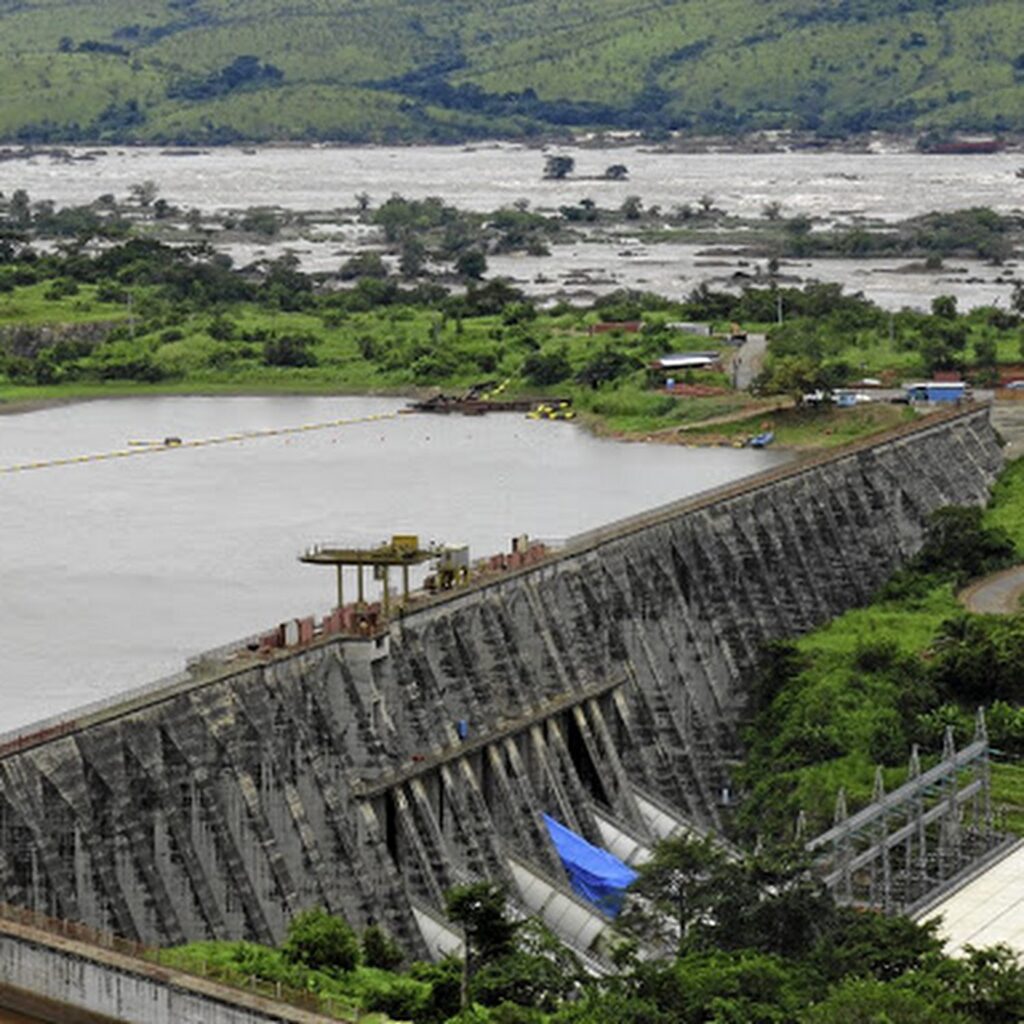
LAPSSET Corridor (Kenya–Ethiopia–South Sudan)
Estimated Cost: $25 billion
Billed as East Africa’s version of China’s Belt and Road Initiative, the 2,000-kilometer LAPSSET Corridor aims to link Kenya’s Lamu Port to landlocked Ethiopia and South Sudan via a vast network of highways, railways, oil pipelines, and airports.
Set for completion by 2030, the project will ease congestion at Mombasa Port and enhance regional logistics capacity.
Strategic financing from China, the UAE, and the African Development Bank is cementing Kenya’s position as East Africa’s trade linchpin.
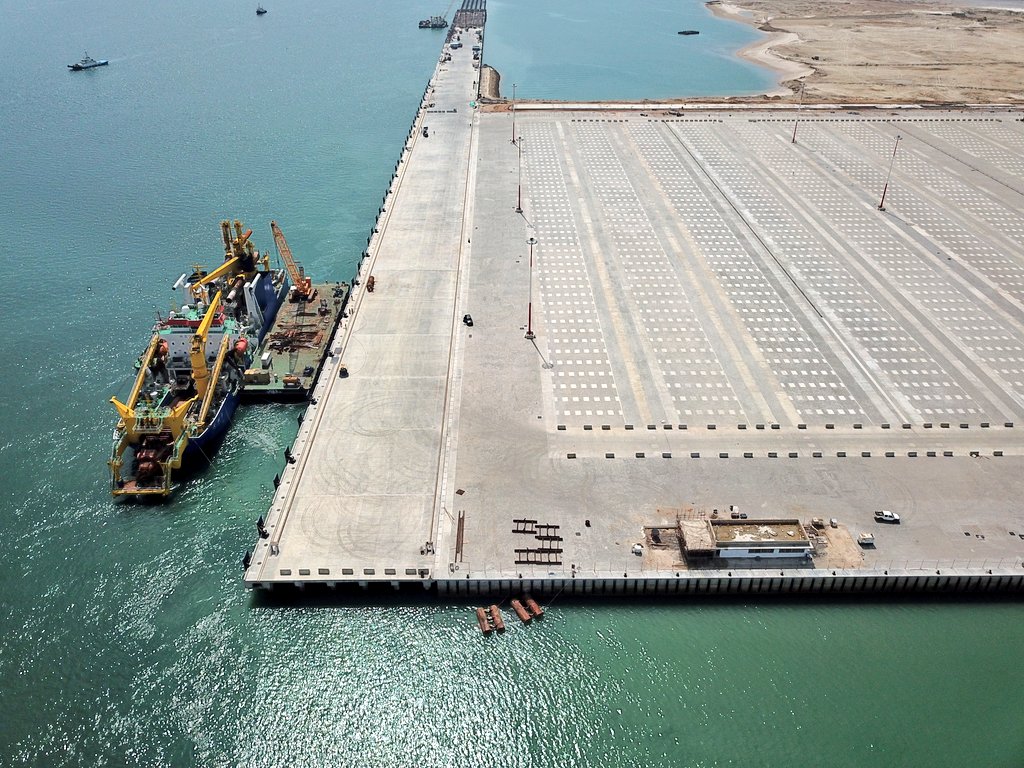
Nigeria–Morocco Gas Pipeline
Estimated Cost: $25 billion
Africa’s most ambitious energy pipeline is slated to stretch over 5,600 kilometers through 13 West African countries.
When fully operational, the Nigeria-Morocco Gas Pipeline will export gas from the Niger Delta to Europe via Morocco, reinforcing energy security across the continent and supporting the EU’s diversification from Russian supplies.
Backed by ECOWAS, the OPEC Fund, and private investors, the pipeline will catalyze gas-to-power solutions, cut flaring, and bolster West Africa’s energy resilience.
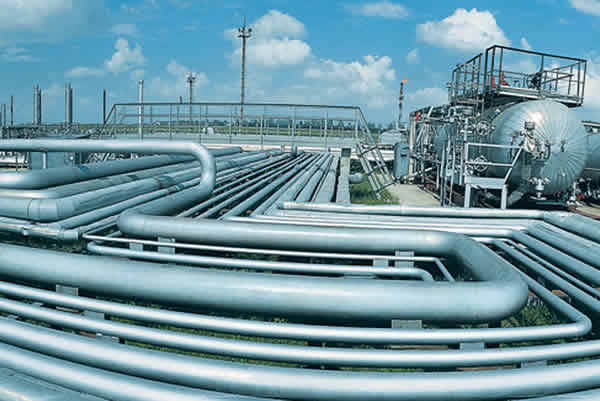
Konza Technopolis, Kenya
Estimated Cost: $14.5 billion
Dubbed “Africa’s Silicon Savannah,” Konza Technopolis is Kenya’s futuristic smart city built 60km from Nairobi.
With full build-out by 2035, it will house 200,000 residents and serve as a digital innovation hub featuring data centers, BPO parks, and university campuses.
Backed by South Korea and the World Bank, Konza is central to Kenya Vision 2030 and is fast attracting global tech giants, startups, and fintech players.
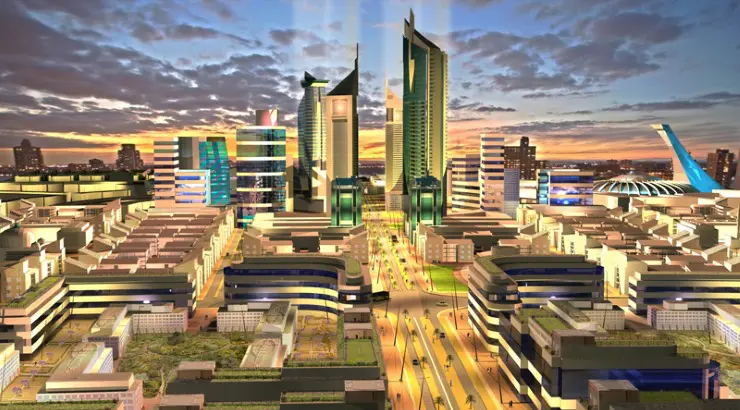
The Future City of Akon City, Senegal
Estimated Cost: $6 billion
Inspired by Wakanda and driven by artist-entrepreneur Akon, this futuristic smart city near Dakar aims to become a blockchain-powered eco-hub.
With phase one due by 2026 and completion projected by 2036, Akon City promises solar-powered infrastructure, a crypto-based economy (Akoin), and zones for education, health, and commerce.
Despite skepticism around financing, the project has the Senegalese government’s backing and rising interest from the diaspora and Web3 innovators.
